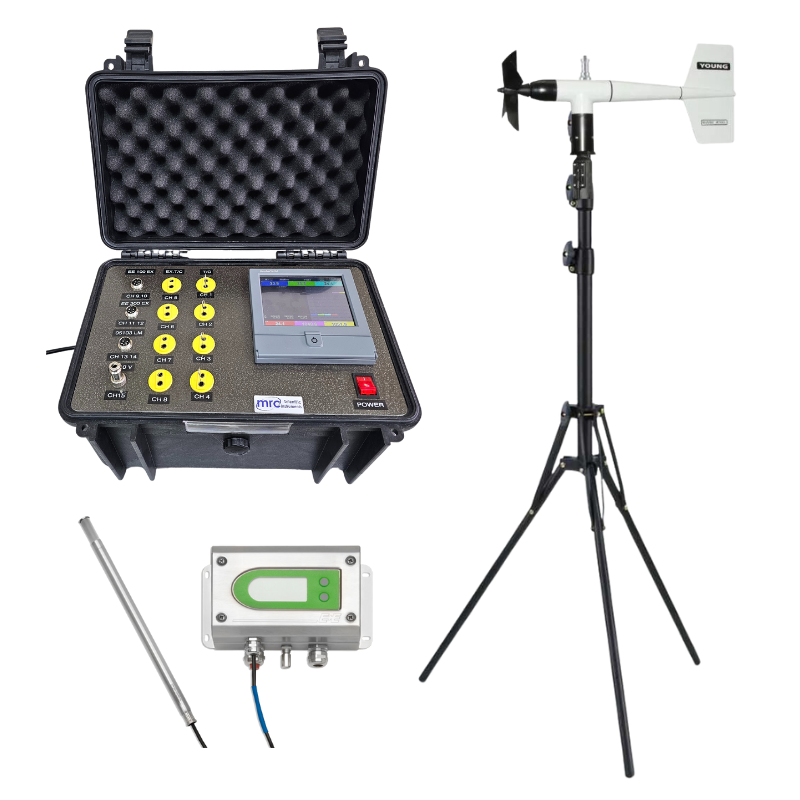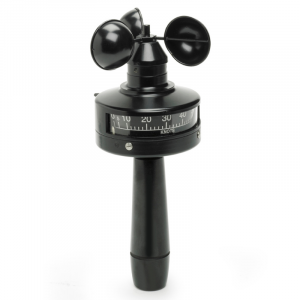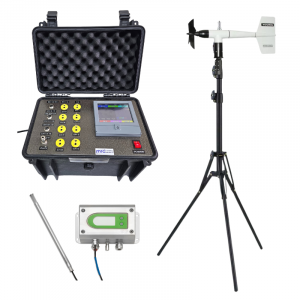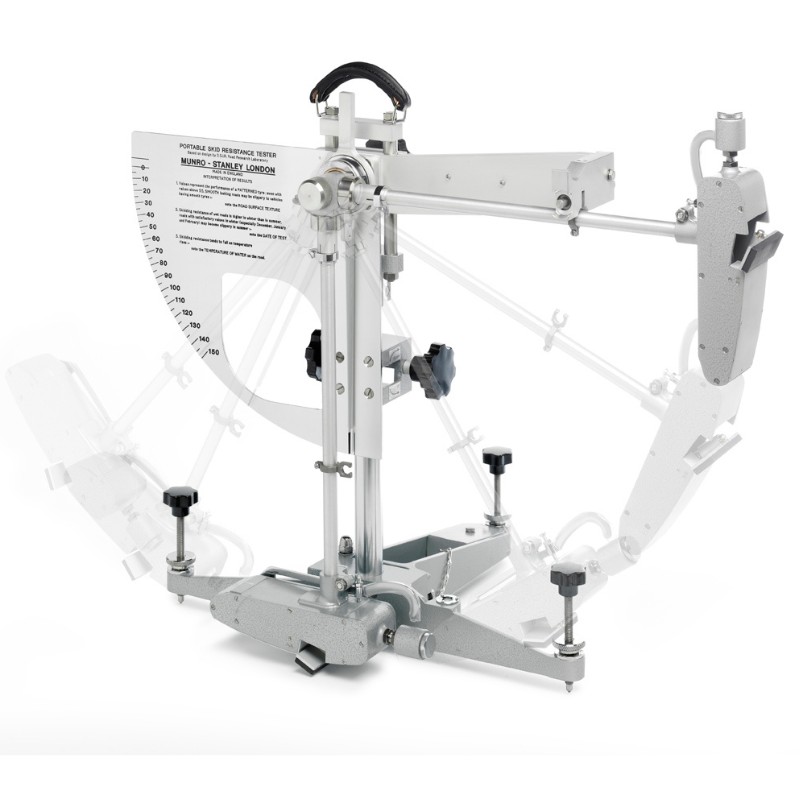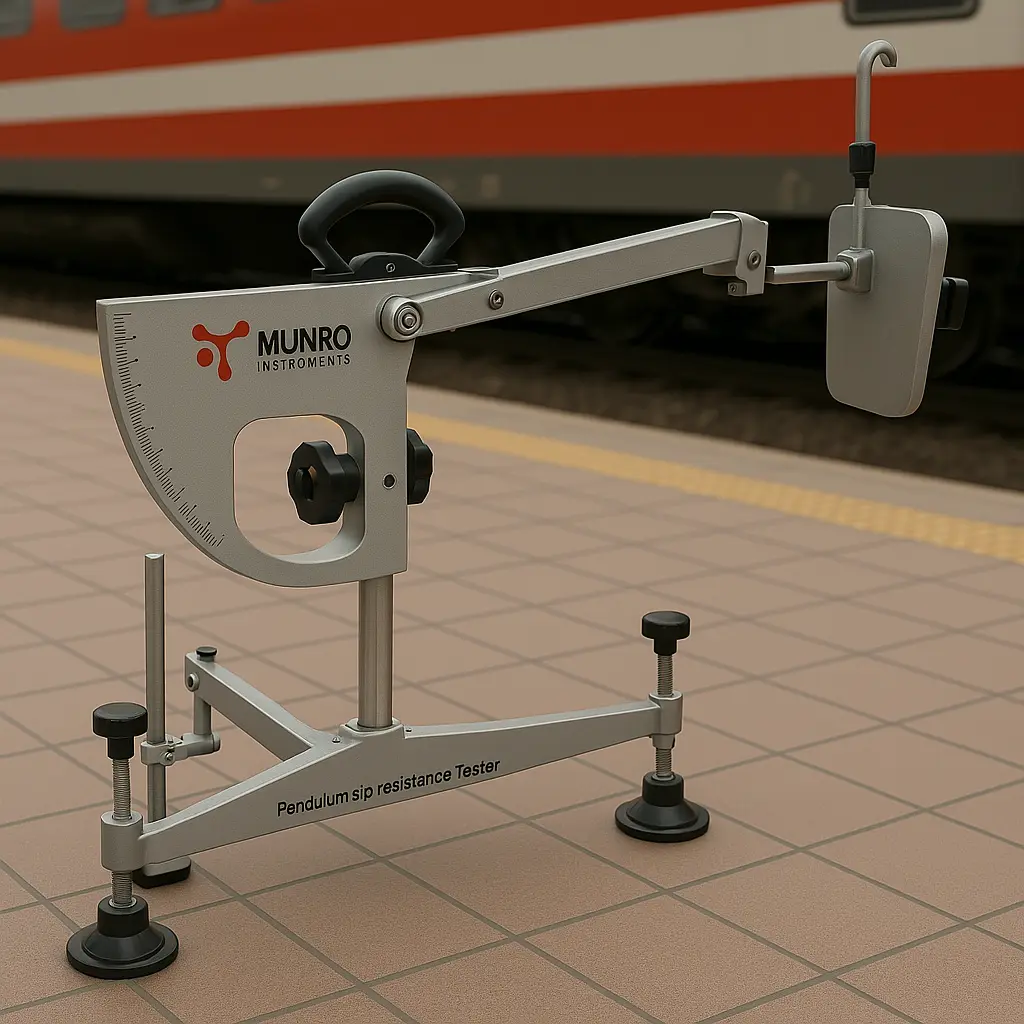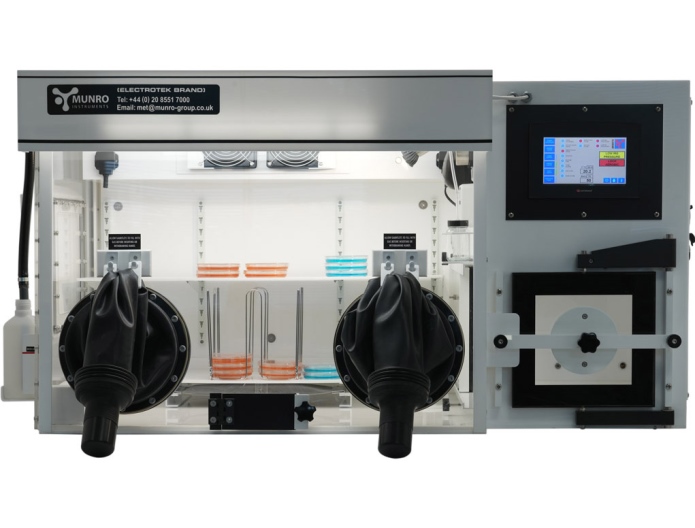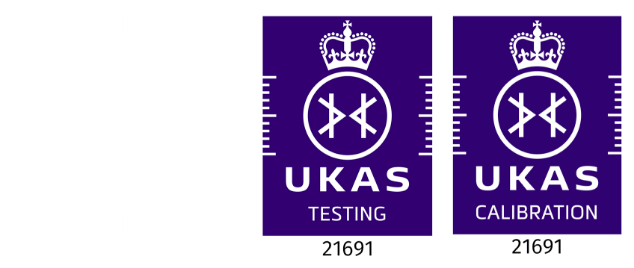Industrial-grade weather stations are far more advanced than their consumer-grade counterparts. Designed to endure extreme conditions, they deliver precise, real-time meteorological data to inform critical decisions.
Core Components Tailored for Harsh Environments
- Anemometers: Measure wind speed and direction
- Hygrometers: Monitor humidity levels
- Barometers: Track atmospheric pressure
- Thermometers: Record ambient temperatures
- Rain Gauges: Capture precipitation data
- Solar Radiation Sensors: Crucial for energy-sensitive operations
Data Logging & Remote Transmission in Real-Time
Today’s industrial weather stations are often IoT-enabled, meaning they not only log data but also transmit it in real-time to central monitoring hubs—no manual checking needed.
Why Weather Monitoring Matters in Oil & Gas Fields
Minimizing Downtime from Severe Weather
Unexpected rain or wind events can force temporary shutdowns. Real-time alerts allow site managers to pause operations before the weather strikes, not after.
Preventing Environmental Hazards
Weather monitoring helps prevent spills and contamination, especially during heavy rains or storms that could lead to overflow or leakage.
Ensuring Personnel Safety in Remote Sites
Worker safety is paramount. Accurate forecasts let site managers schedule shifts wisely, avoiding heatstroke risks in hot zones or frostbite in Arctic locations.
- Site Planning and Exploration Accuracy
Meteorological Insights for Geological Survey Planning
Weather impacts how and when surveys can be conducted. Wet soil can skew seismic readings. Lightning risk may delay certain explorations. With proper forecasting, geologists can time operations for peak effectiveness.
Optimizing Seismic Activity Assessments
Temperature and pressure changes can also influence how seismic waves travel. Weather stations provide baseline atmospheric data to adjust readings for accuracy.
- Real-Time Safety Alerts for Extreme Weather Events
Wind Shear Warnings for Crane Operations
Sudden wind shear poses major risks to cranes, derricks, and lifting equipment. Weather stations alert crews instantly, helping prevent catastrophic accidents.
Lightning Risk Monitoring and Shutdown Protocols
Many oil rigs adopt strict lightning protocols. Real-time monitoring ensures that high-risk operations are paused the moment strikes are detected nearby.
- Improving Drilling Operation Efficiency
Humidity, Wind, and Barometric Pressure Influence
Drilling fluid behavior, cuttings transport, and bit wear can all be affected by climate conditions. Monitoring those parameters helps fine-tune equipment.
Weather-Based Predictive Maintenance Models
Weather data can feed into predictive maintenance systems. For instance, high humidity may accelerate corrosion, signaling the need for more frequent equipment checks.
- Logistics & Transportation Scheduling
Weather-Aware Helicopter and Offshore Support Planning
Air transport to offshore platforms is entirely weather-dependent. Weather stations enable safe scheduling of flights, reducing delays and cancellations.
Reducing Delays for Equipment and Material Delivery
Whether it’s barges or trucks, weather data ensures that logistics teams avoid risky conditions, like flash floods or icy roads.
- Emission Monitoring and Environmental Compliance
Integration with Air Quality Monitoring Systems
Modern weather stations integrate with air quality sensors to ensure regulatory compliance. For instance, understanding wind direction helps in managing emissions dispersion.
Predictive Dispersion Modeling in Flaring Sites
If flaring is necessary, weather data can help predict how gases will disperse, minimizing environmental and legal impacts.
- Supporting Offshore Platforms and Floating Rigs
Managing Harsh Sea Conditions with Accurate Forecasts
Tide, wave height, and wind influence every aspect of an offshore operation. A miscalculation can damage rigs or endanger lives. Weather stations provide early warnings.
Preventing Equipment Failures via Oceanic Weather Data
Seawater corrosion, salt spray, and storm surges all degrade equipment. Knowing what’s coming allows for timely preparation and mitigation.
- Emergency Response and Crisis Management
Early Detection Systems for Flash Floods or Sandstorms
In arid or mountainous regions, weather stations are often the first line of defense against flash floods or sudden sandstorms.
Real-time Coordination of Response Teams
During an emergency, access to real-time data helps response teams deploy resources more effectively, minimizing damage and injury.
Technology Advancements in Oilfield Weather Stations
Satellite Connectivity & IoT Integration
Modern stations transmit real-time data via satellite to central dashboards—even from remote or unmanned sites.
Energy-Efficient and Solar-Powered Installations
Stations are increasingly powered by solar panels, reducing dependency on local power infrastructure.

